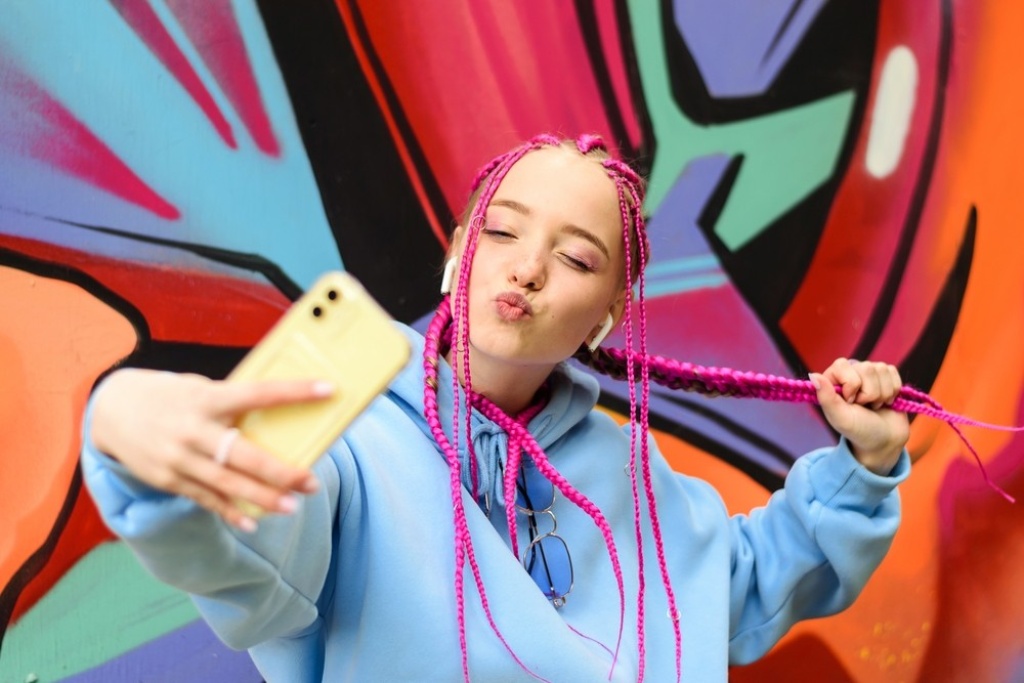Big celebs. Big budgets. Big... yawn.
If you're still chasing big-name influencers with inflated price tags and unpredictable ROI, it's time to rethink your strategy. Brands in the know are shifting their focus (and budget) toward micro-influencers, and the results speak for themselves.
Micro-influencers (typically defined as those with 1,000–10,000 followers) may have smaller audiences, but they deliver big impact. Why? Because their followers are more engaged, loyal, and, most importantly, influenced by what they say.
The ROI of real connection
In 2025, trust is currency… and micro-influencers have it in spades. Whether it’s a food blogger in Brisbane’s West End or a fitness coach in Noosa, these creators often have a tight-knit audience that sees them as peers, not celebrities. That makes their recommendations feel authentic and personal, which translates into higher engagement, click-through rates, and ultimately, conversions.
Recent studies show micro-influencers often drive 60% higher engagement than macro-influencers, and at a fraction of the cost.
Micro vs. Macro
While macro-influencers still have their place (particularly for awareness campaigns or national product launches) brands are discovering that when it comes to trust and traction, micro wins.
Micro-influencers played a key role in a recent Meta ad campaign for our client Dominion Rd, showcasing the neighbourhood’s hidden gems and lively culture. By sharing authentic stories and visuals, the campaign generated 1.44 million impressions and reached 420,000 people. This approach not only boosted engagement but also helped raise awareness and interest in Dominion Rd as a must-visit destination.
Similarly, we tapped into the power of micro-influencers for Australian Wild Prawns content campaign, with one recipe video alone reaching over 550,000 views. Using micro-influencers as a key part of their strategy we helped the brand connect authentically with audiences and showcase the premium quality of wild-caught Aussie prawns.
How to choose the right micro-influencer: A quick checklist
Not all micro-influencers are created equal. Here's what to look for when building your shortlist:
Audience alignment
Make sure their followers vibe with your dream customers. Look at age, location, interests, and lifestyle to gauge true relevance.
Engagement rates
Don’t just count likes, look for genuine interaction in comments and DMs that shows their audience is listening and responding.
Content quality
Review their feed for polished visuals, thoughtful captions, and a tone that fits your brand’s look and feel.
Authenticity
Influencers who feel real build real trust; avoid those whose content feels overly rehearsed or generic.
Consistency
Reliable creators show up regularly, post frequently, and respond to their audience. Consistency signals commitment and influence.
Past partnerships
Scan their feed for balance; too many brand deals can weaken credibility, while selective partnerships show integrity and influence alignment.
Work with us to tap into the power of trusted voices
Insight influencer campaigns are built with strategy, precision, and a deep understanding of what makes audiences take action. Every creator we partner with brings credibility, brand alignment, and the kind of influence that drives real results.
Want real results too? Let’s team up!

Getting paid to travel the world and receive free stuff whilst ’influencing’ the masses is attracted to almost anyone – so it’s no surprise there are plenty of wannabe influencers out there. How much influencing do influencers really do though – and will they even benefit your business? Keep reading for our guide to utilising Influencers, including the risks and opportunities.

ChatGPT is only a few months old but it’s already taken the internet by storm. Even Mark Zuckerberg was caught off-guard and has now ditched his mighty Metaverse plans* to concentrate on what many people think is our next big leap. But, as with any new technology, you need to balance the excitement with a healthy dose of realism.
Recently we had Pedro, a 16-year-old intern join us for some work experience. While he learned about the various aspects of placing ads and creating social content for brands, we picked his brains for insights about his generation and how they think. It’s one thing to read the research on Gen Z, but this was a great opportunity to get the lowdown straight from the horse’s mouth.


